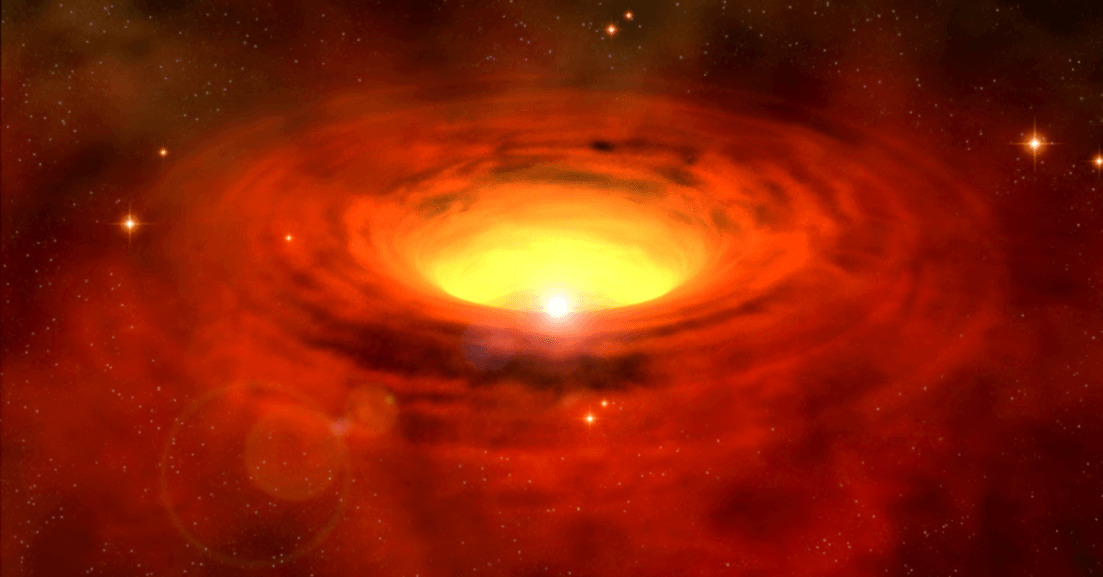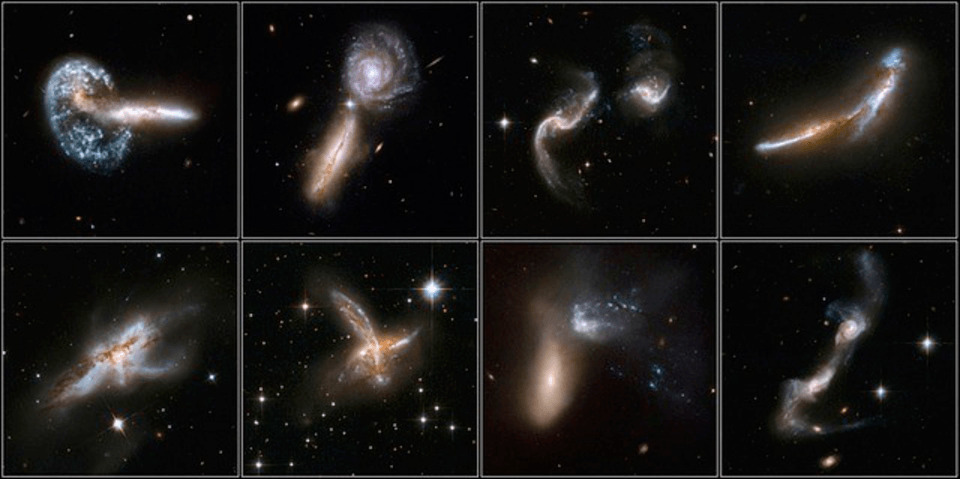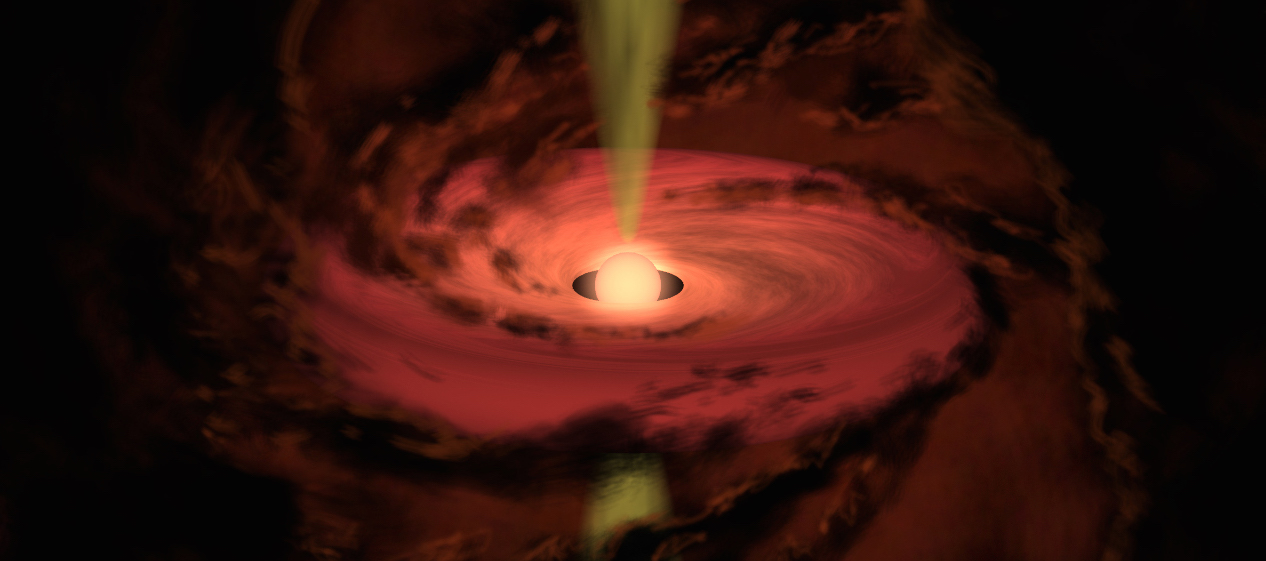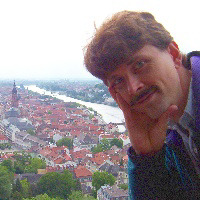A New Stellar Population in the Bulge, and a new survey
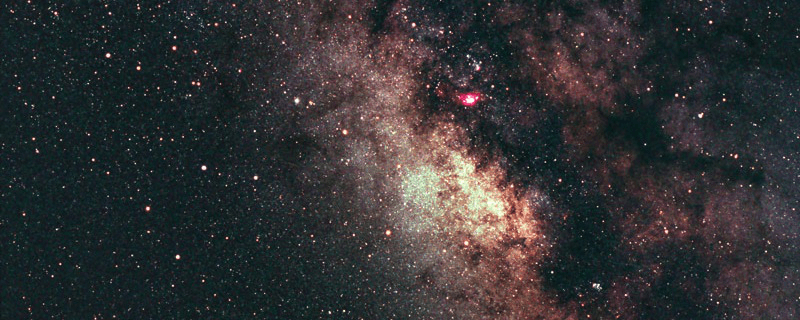
R. Michael Rich
University of California, Los Angeles (UCLA)
By mass, the Galactic bulge is actually dominated by a relatively metal rich bar. This population exhibits relatively rapid rotation that reflects a pattern speed independent of Galactic latitude. We have completed a survey of 955 RR Lyrae stars in the bulge region, and find a remarkable population that does...


 和 英
和 英 